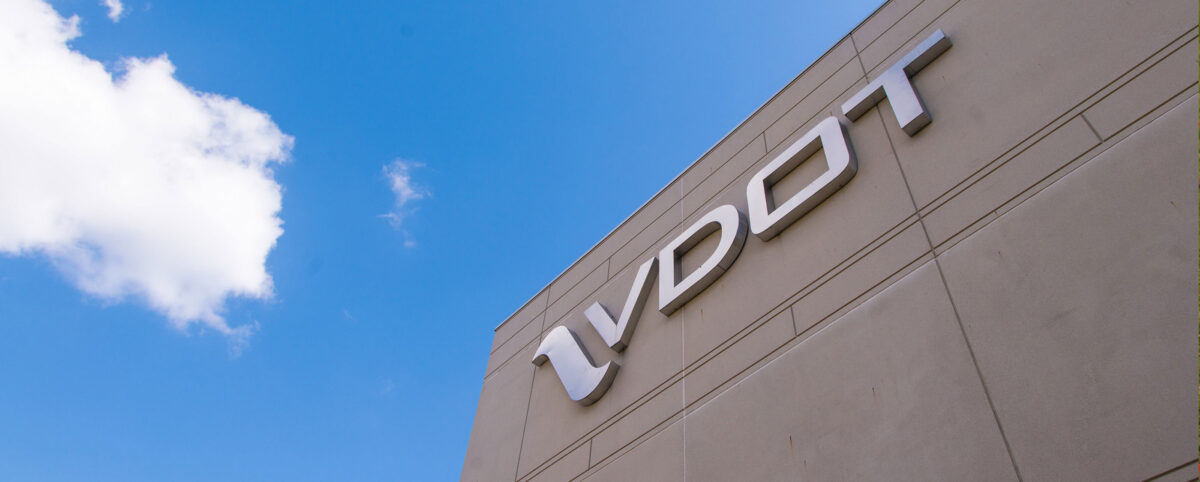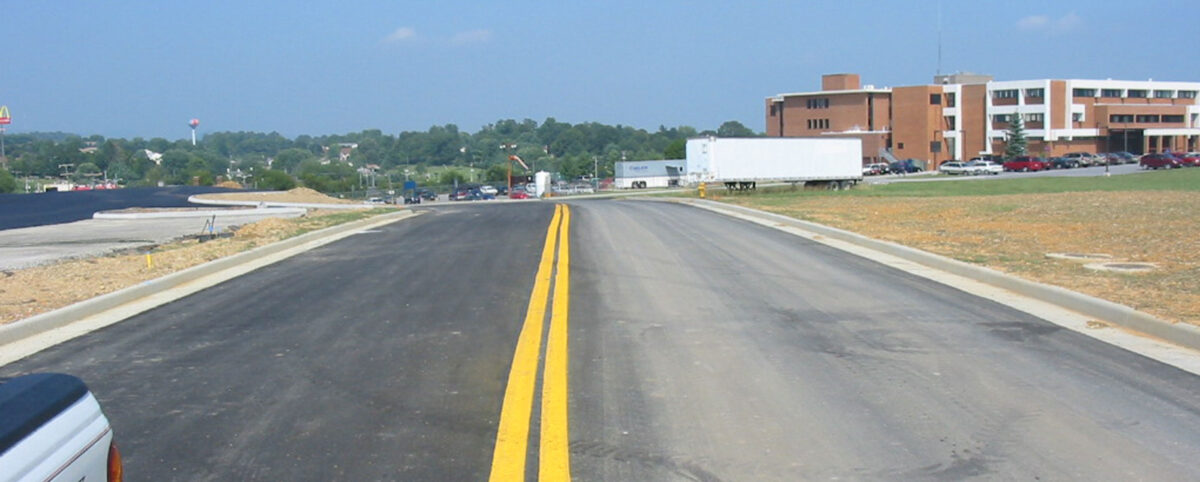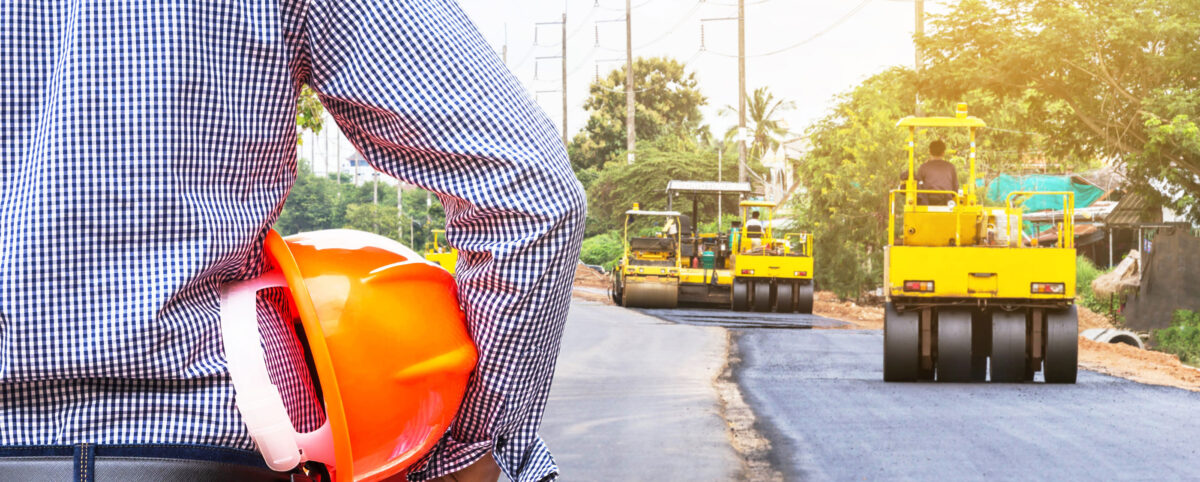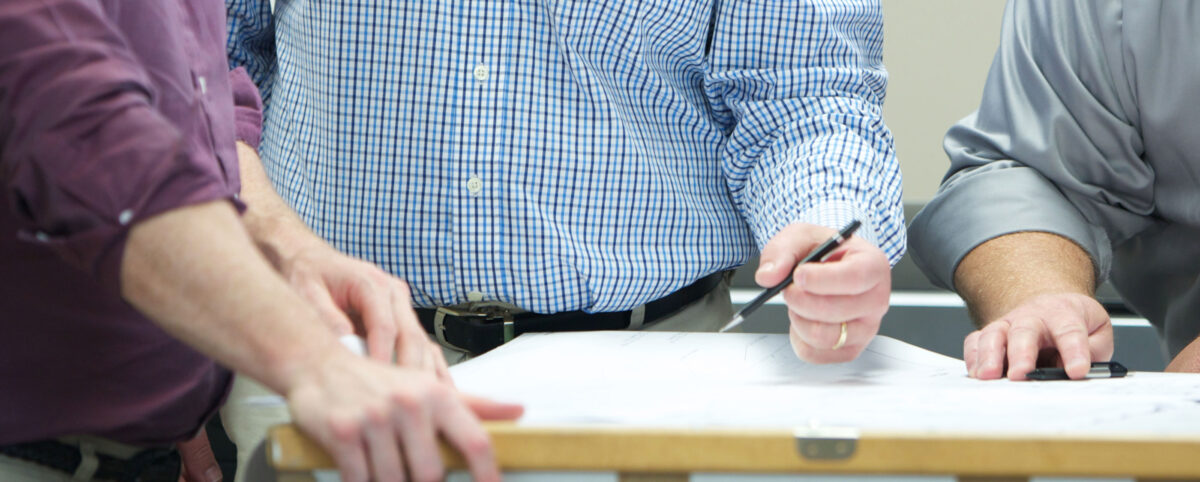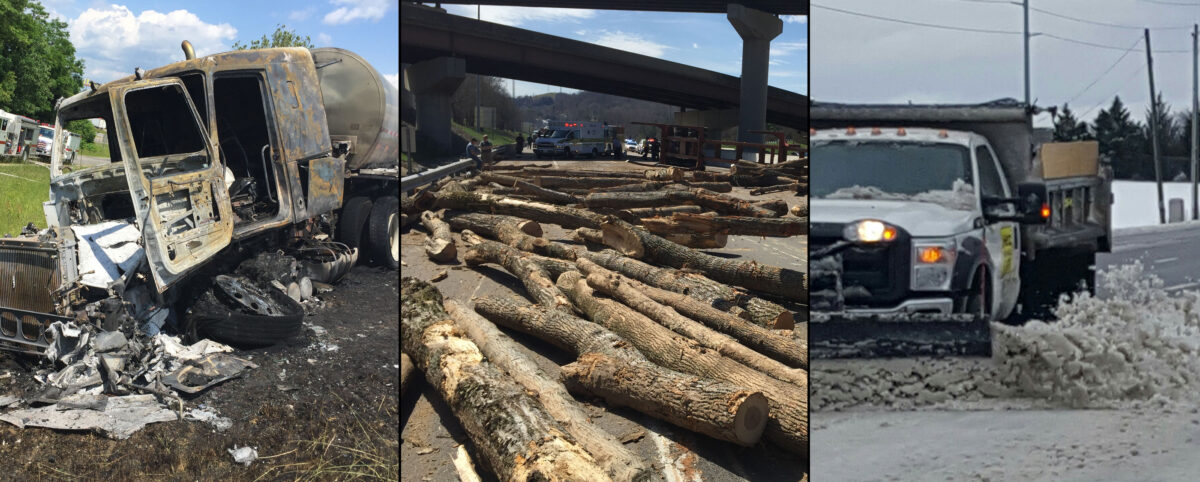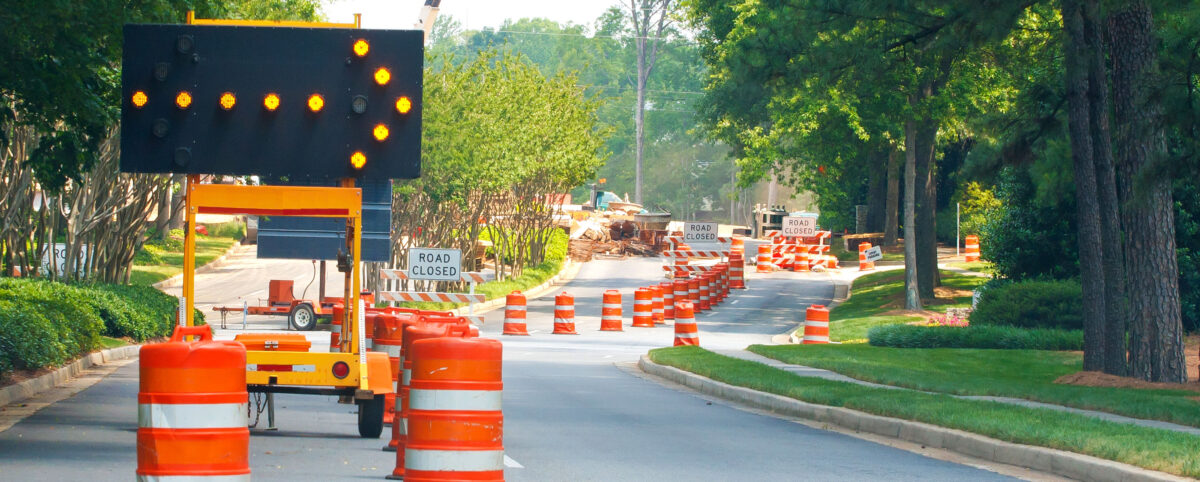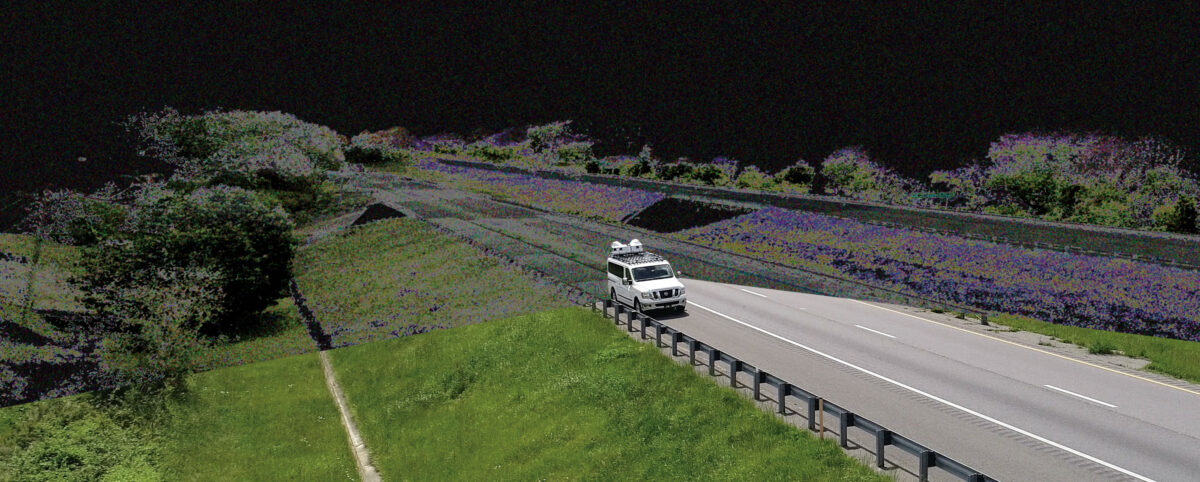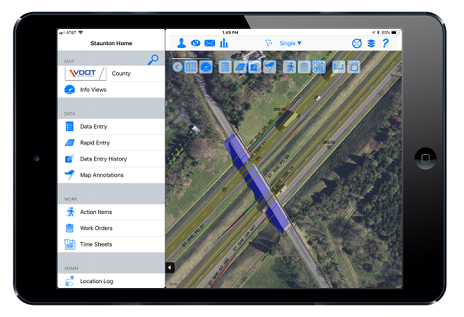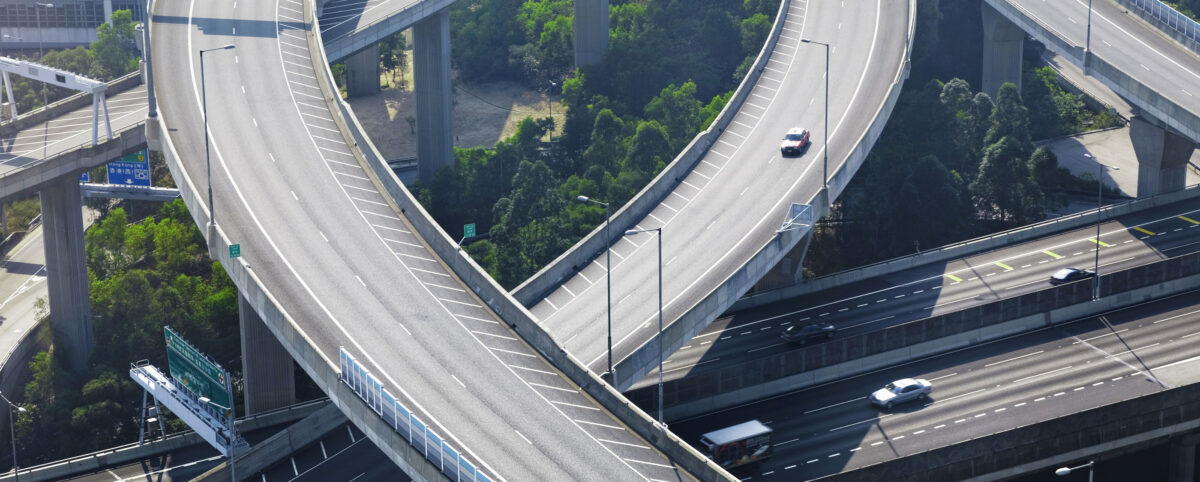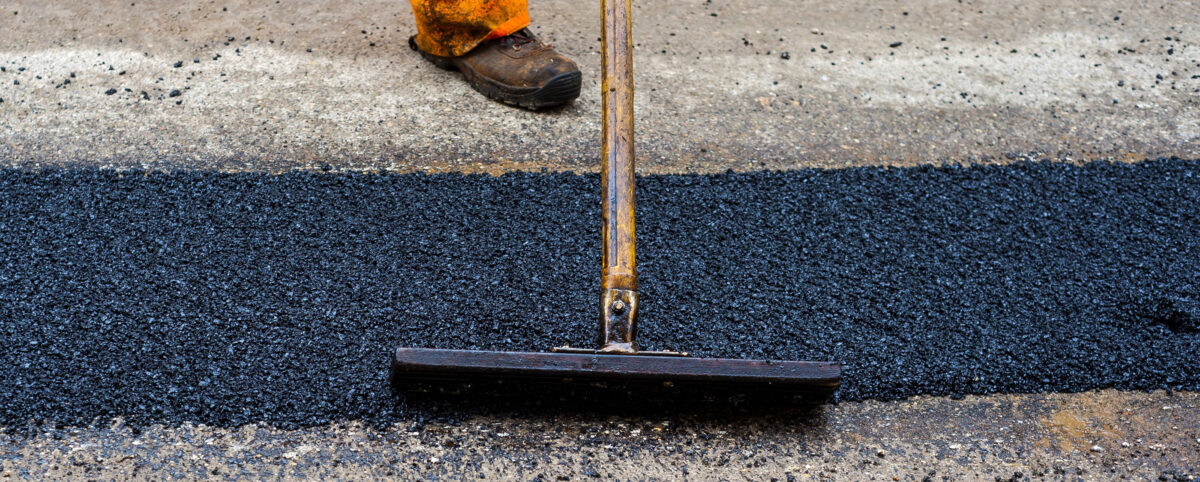What is outsourcing?
Outsourcing is simply using contractors to do things traditionally done by in-house staff.
In the P3 space, virtually the entire project is outsourced, by definition. In a traditional, publicly owned and operated roadway, the Owner (DOT/Ministry, etc.) provides operations and maintenance for the roadway with in-house staff, trucks, equipment and materials. Similarly, a facility such as a hospital, manufacturing facility, port or other large fixed asset will have maintenance staff and operational support.
What are the benefits?
In a word, “Efficiency.” But how? For one, you get more efficient use of your people resources.
Good workers generally want to do a good job – finish it properly and move to the next task. Contractors and mechanics know this. If they have a lump-sum price to replace your HVAC system, they will get it done quickly and efficiently and move on to the next job. If you pay all of your subs a T&M rate, you won’t get this benefit. If all your maintenance personnel are hourly in-house staff, you are essentially paying them a T&M rate. They are not motivated to get the job done faster.
What’s so special about specialists?
With today’s technology and ever advancing and inter-related systems, it is much more difficult to hire, train and keep a “jack-of-all-trades” maintenance staff on hand. It is more efficient, safer, faster and cheaper to utilize a team of highly trained, on-call specialists. With new technologies on the horizon, you may not even need to “fly in” the technician.
Get better use of your equipment resources
- Don’t let it sit idle: If the machine sits in the yard most of the time, you don’t need to own it. Maybe it seemed to make sense when you bought it, but you are not in the business of amassing a fleet of equipment that sits most of the time. Instead, try subcontracting, renting or leasing it. Construction companies know this and have a fleet of lowboys working every night to get idle equipment to the site of a (paying) job.
- Paid-for equipment is not free: Maybe that motor grader sitting on your property is paid for. But if it’s not being used, that’s a $150,000 pile of cash sitting in your yard that could get another thousand feet of ditch cleaned or 200 potholes filled. At a minimum, share it or make it available to another location.
Finally, we mention profit. The profit motive drives efficiency and productivity. Although it can be a dirty word sometimes, the profit motive – coupled with performance standards – will undeniably drive innovation and ultimately result in lower costs.
About PILLAR, Inc.
PILLAR is a multi-discipline firm focused on collecting, analyzing, and turning data into efficient and effective strategies for operating and maintaining roadways, bridges, tunnels, and other forms of infrastructure. We are a trusted partner that DOTs, municipalities, and P3 stakeholders rely on for expertise in safely managing roadway infrastructure in a fiscally sound and responsible manner.”

